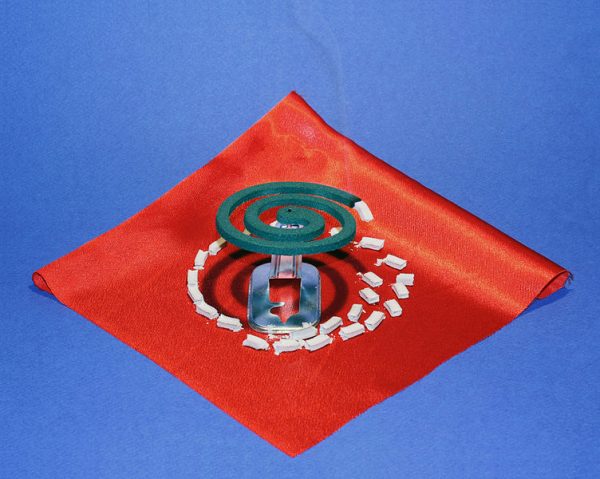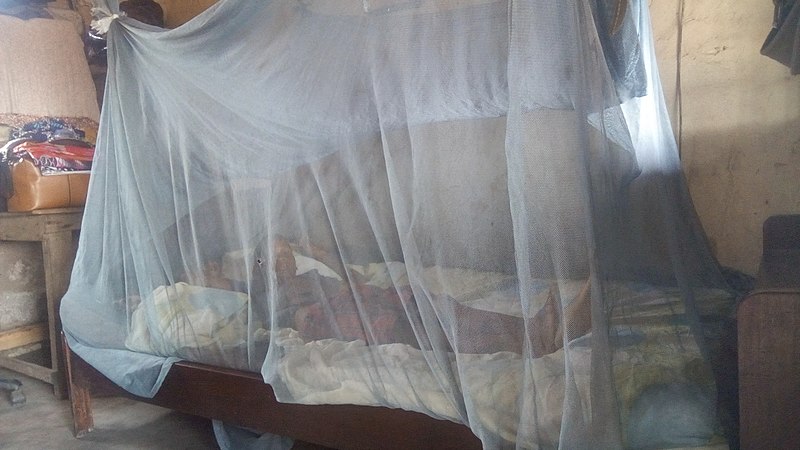From the islands in the Caribbean’s to the tropical rainforests in Indonesia, mosquitoes have stood the test of time. For centuries, mosquitoes have not only survived, but thrived in these warm and humid climates. Their survival has played a pivotal role in shaping the narrative of public health all over the world.
In ancient times, mosquitoes terrorized Mesopotamian valleys with disease from malaria, dengue fever, and Zika virus. Then, with the beginning of colonization in the early 1800s and rise in global trade, new vectors were introduced to the mosquito’s breeding grounds. The new disease carrying mosquitoes devastated indigenous populations, and the foreign occupiers. During the 20th century, as mosquitos continued to kill, there was a valiant effort of using pesticides to get back at the innocuous pests. But, as mosquitoes grew resistant to the pesticides, the continuous uses of pesticides wreaked havoc on the environment, making the relationship between mosquitoes and humans more complex.
In the past few decades, scientists and politicians alike have sought out a more global approach to the issue of mosquito-broke diseases. Initiatives are rooted in research and development, and community engagement. For instance, the various organizations like the CDC has community clean up days to get rid of trash and improve access to information on mosquitoes, distribution of bed nets, insecticide-treated materials.
However, the struggle against combating mosquito-broke diseases mirrors the larger fight of equity in health care, the climate crisis, and economic stability in the Global South. Take Bangladesh, for example, where with the ongoing issues with wealth inequities and political stability has led to a migration to the country’s capital, Dhaka. Consistently ranked as one of the densest cities in the world, as more people move to the crowded city, often living in slums, there lies a greater risk of diseases.
Here, mosquitoes wield a substantial impact, with malaria being a persistent health concern. In 2019, global malaria deaths dropped to 575,000 cases, but increased to 620,000 in 2021.
According to the World Health Organization (WHO), in 2021 alone, Bangladesh reported over 120,000 confirmed cases of malaria. Additionally, over the past few years. Dengue fever has become even more prevalent, and kills thousands of Bangladeshi people every year.
Arup Sen, a resident of Dhaka said, “It’s astonishing how common Dengue really is. Every other person seems to have had it at one point or knows someone who had it.” Here, mosquitoes-borne diseases urges us to address the broader socio-economic factors that perpetuate this cycle of inequity in public health.
These risks are currently increasing due to the climate crisis. As global temperatures are on the rise and there is a shift in climate patterns, the range of mosquitoes habitats is expanding, bringing with it a greater risk of spreading diseases. In areas where the blood-sucking vectors were usually seasonal pests are now becoming a threat year round. Warm temperatures both expands and accelerates the life cycle of mosquitoes, so they reproduce more frequently. Moreover, the warming temperature decreases the incubation period for diseases. These changes are hastening the transmission of mosquito-borne diseases, and making them an even greater threat throughout the Global South, making the fight against mosquito-borne diseases become even more urgent.
Scientists are now attempting to use the power of genetic modification to combat the crisis. The process is split into two main initiatives: genetic modification and the “gene drive.” Genetic modification involves changing some of the DNA sequences in mosquitoes to improve parasite suppression efficiency or editing autonomous genetic systems that carry anti-parasite effector genes for whole mosquito populations in the laboratory. Steps may include isolating the disease, modifying it until they’re sterile.
The second, the “gene drive,” is attempting to modify mosquito populations by creating self-sustaining systems that rapidly alter whole mosquito populations. One researcher who embodies both initiatives is Dr. Anthony James at University of California, Irvine. Dr. James’ research involves extensive work on using the CRISPR/Cas9 system to modify DNA in African malaria mosquitoes.
These attempts have many challenges. There is the question of ethicality. Mosquitoes play a critical role in maintaining their niches. Mosquitoes play a crucial role in the food chain, serving as both prey to animals like turtles and dragonflies and pollinators for flowers, and mosquitoes have a crucial role in maintaining the ecological balance. Any changes to such crucial creatures poses many potential threats to the greater ecological balance.
Logistically, mosquitoes also evolve quickly. Mosquitoes respond to the changes in the environment, and quickly grow resistant to insecticides. The malaria parasite itself can also quickly evolve to be resistant to effective and approved drugs. Once one strain is removed, could another one pop up just as quickly?
With all these questions unanswered, people have found ways to protect themselves from the disease bearing pests.
“During my childhood summers in China, mosquitoes were fairly common, but when I went back more recently, I saw them a lot more frequently. I know some people constantly carry around Tiger balm with them since the smell tends to repel mosquitoes,” said Charlotte Zhou ’24.
Throughout South Asia and parts of Africa, many also burn a specific incense that serves as a mosquito repellent. These will usually be left to burn through the night so people can sleep without being bitten. As an additional safety precaution, they also drape a thin net over the bed. The mesh net allows air to flow through, preventing people from overheating, while also making it difficult for creatures such as mosquitoes to go through.

“Usually when we go to Bangladesh, my parents and I always bring a lot of bug spray for everyone. Both for ourselves and family members since most sprays in Bangladesh tend to be super expensive and often ineffective,” said Radyah Imam ’24.
But as malaria cases are on the rise once again, after nearly a decade of decline, it’s time to ask the question of is this enough? As the climate crisis continues to worsen, will scientists be fast enough to address the issue before millions more die from the diseases? The history and statistics of millions of deaths from malaria and other diseases urges us to not only combat immediate threats but also continue addressing the root cause of the issue. While genetic modification can play a key role giving humans the upper hand, improving healthcare, political stability, and addressing environmental instability appear to be equally important in addressing the dire public health issue.
Arup Sen, a resident of Dhaka said, “It’s astonishing how common Dengue really is. Every other person seems to have had it at one point or knows someone who had it.” Here, mosquitoes-borne diseases urges us to address the broader socio-economic factors that perpetuate this cycle of inequity in public health.

